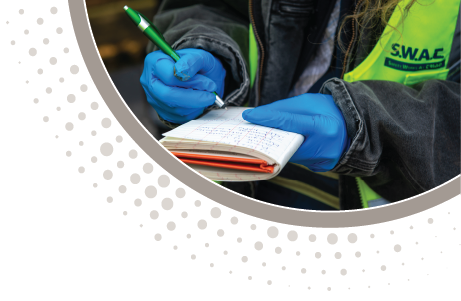Survey: Past, Present and Future
By: Ron Bidle As Triad Engineering celebrates its 50th anniversary and I look back on my 38 years of experience, I am proud to be part of this profession and to be a small part of what surveying is today. Today, I serve as the Hagerstown Office Survey Practice Leader, and the changes I have seen in the field over the years have been significant. While technology has advanced, the core responsibilities of surveying have remained consistent. One key lesson I have learned is the importance of the responsibility that comes with being a surveyor. Early in my career, I…
Geographic Information Systems and Triad
By: Josh Amos Triad Engineering, Inc. was founded in 1975 as a geotechnical engineering firm, marking 2025 as its 50th anniversary. That level of success and longevity is just one of the reasons I joined Triad’s Hagerstown office this March. While I’m new to Triad, I’ve spent the past two decades applying spatial and data technologies at environmental and engineering firms. I look forward to continued collaboration with leadership and colleagues across offices and disciplines to further embed geospatial and data technologies into our service offerings. From a personal perspective, I recognized early in my career the importance of…


